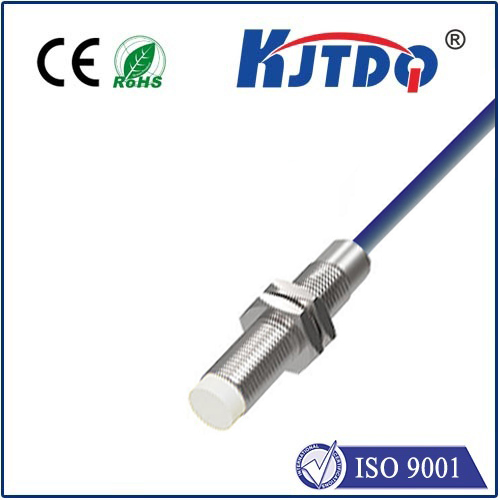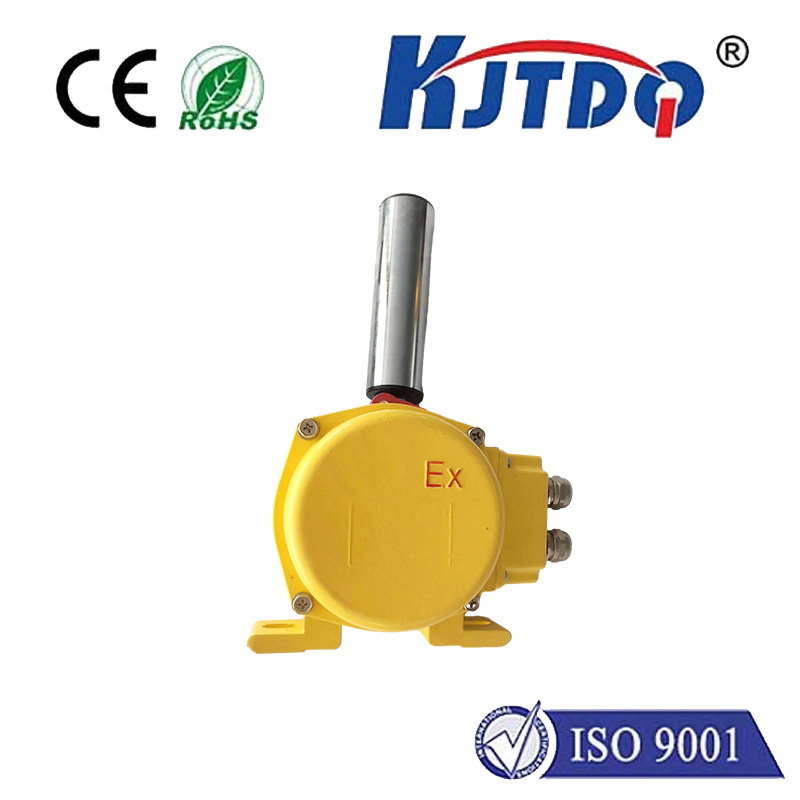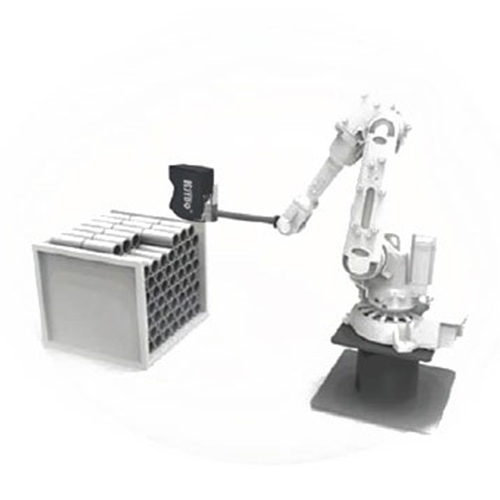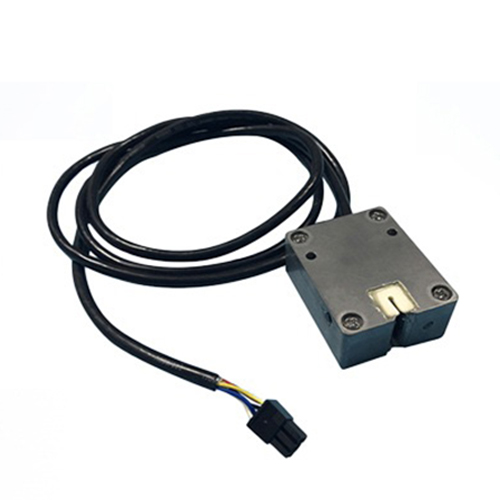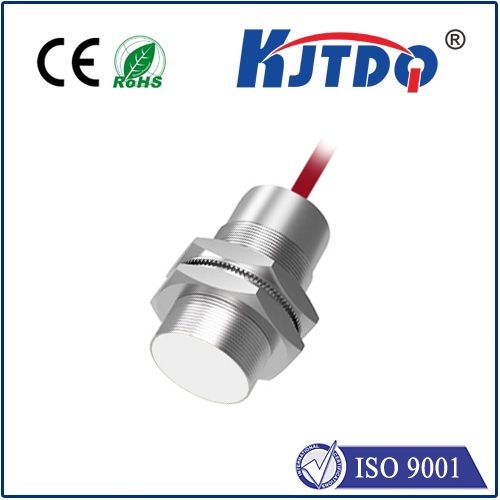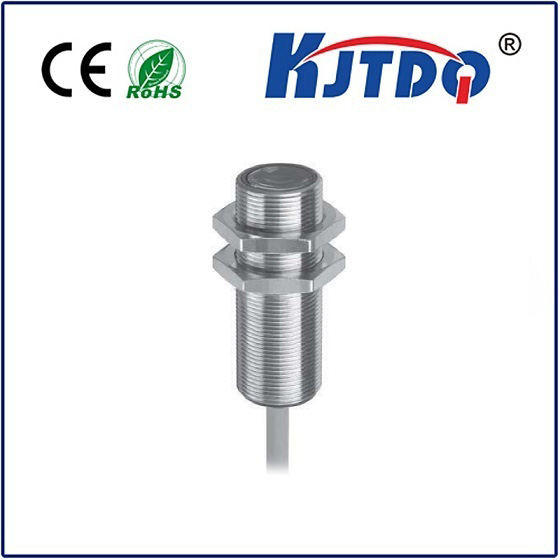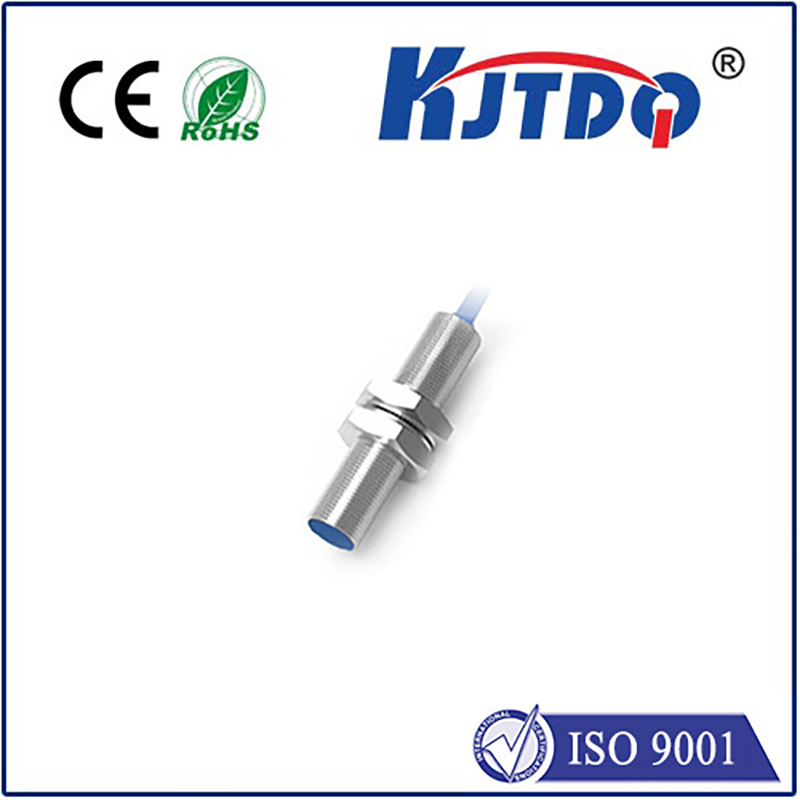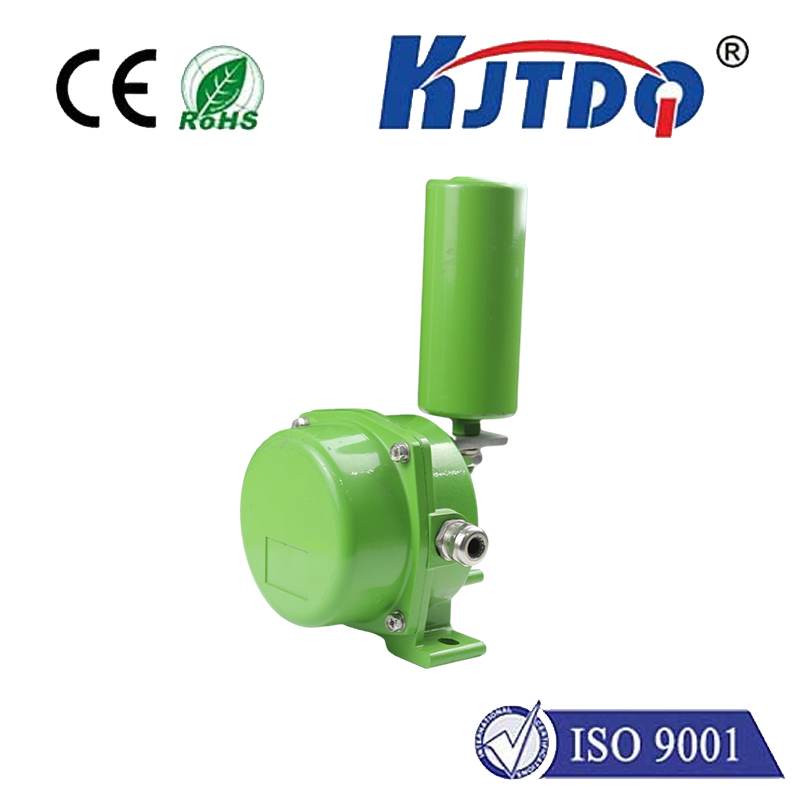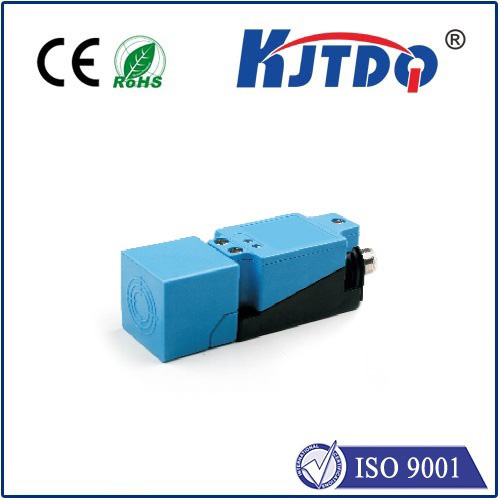

check

check

check

check
PS-N11N Photoelectric Sensor: Enhancing Automation and Safety in Industrial Applications
In today’s fast-paced industrial landscape, automation and precision are key drivers of efficiency and productivity. Among the essential components that enable these advancements is the photoelectric sensor, a versatile and widely used device in manufacturing and control systems. The PS-N11N photoelectric sensor stands out as a reliable and efficient solution for detecting objects, measuring distances, and ensuring safe operations. This article explores the features, applications, and benefits of the PS-N11N photoelectric sensor, highlighting its role in modern industrial automation.
The PS-N11N photoelectric sensor is designed for high-speed detection and accurate measurement, making it suitable for use in a variety of industrial settings. It operates on the principle of light emission and detection, where a light source emits a beam that is reflected or blocked by an object. When the beam is interrupted, the sensor sends a signal to the control system, indicating the presence or absence of an object. This mechanism ensures high precision, minimal false readings, and fast response times, making it ideal for applications requiring rapid and reliable detection.

One of the main advantages of the PS-N11N is its versatility. It can be used in both horizontal and vertical applications, making it suitable for use in conveyor belts, sorting systems, and automated packaging lines. The sensor’s ability to detect objects at varying distances and in different orientations enhances its adaptability. Additionally, it is compatible with a wide range of control systems, including PLCs (Programmable Logic Controllers) and motion control systems, ensuring seamless integration into existing automation frameworks.
Another key feature of the PS-N11N is its durability and reliability. Constructed with high-quality materials, the sensor is designed to withstand harsh industrial conditions, including dust, humidity, and temperature fluctuations. This makes it suitable for use in environments where other sensors may fail or require frequent maintenance. The sensor’s compact design also allows for easy installation and maintenance, reducing downtime and improving overall efficiency.
The PS-N11N is particularly beneficial in safety-critical applications, where accurate detection is essential to prevent accidents and ensure worker safety. In manufacturing plants, for example, the sensor can be used to detect the presence of workers in hazardous zones, triggering alarms or stopping machinery in the event of an error. This not only enhances safety but also reduces the risk of injury and equipment damage. Similarly, in automated assembly lines, the sensor ensures that products are correctly positioned and packaged, minimizing errors and improving product quality.
In addition to its functional benefits, the PS-N11N offers cost-effective solutions for industries looking to optimize their operations. By improving efficiency and reducing the need for manual intervention, the sensor helps companies reduce labor costs and increase productivity. Its integration with existing automation systems also allows for scalable solutions, making it a valuable investment for businesses aiming to stay competitive in the modern industrial market.
The PS-N11N photoelectric sensor is a vital component in modern automation systems, offering a combination of precision, reliability, and versatility. Whether used in conveyor systems, safety monitoring, or quality control, the sensor plays a crucial role in ensuring that industrial processes run smoothly and efficiently. With its high performance and ease of integration, the PS-N11N is an excellent choice for industries seeking to enhance their automation capabilities and improve overall operational efficiency.
